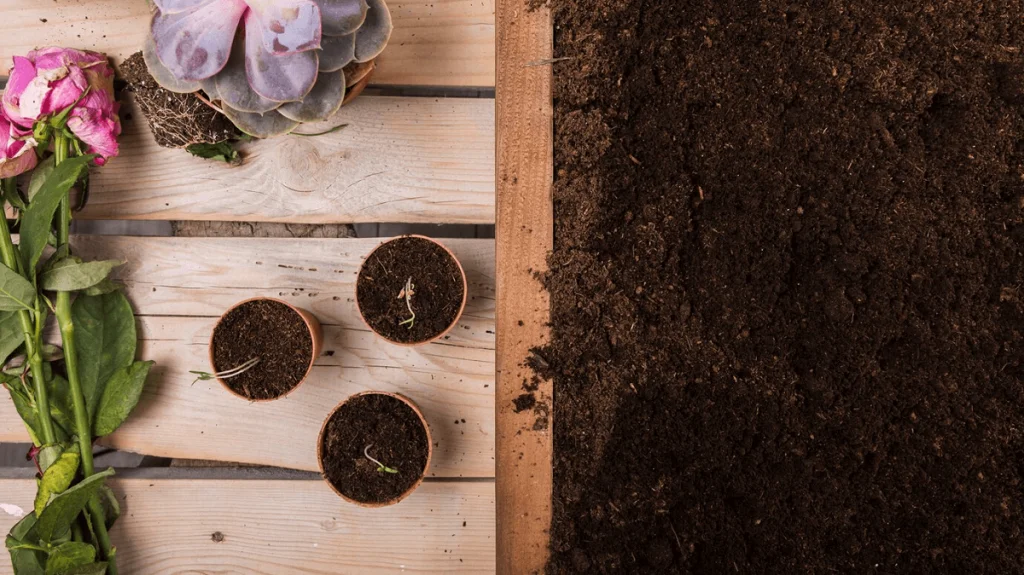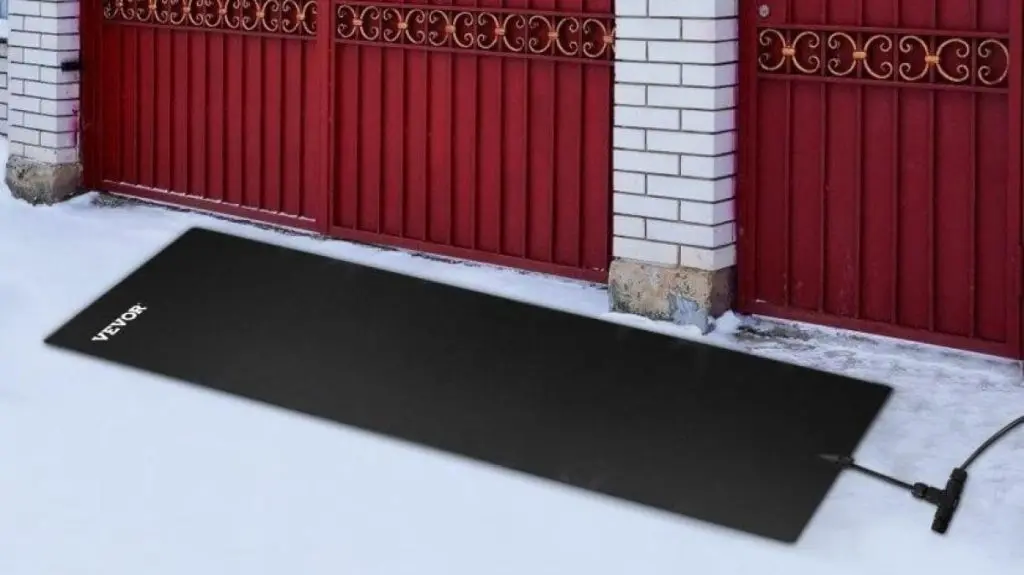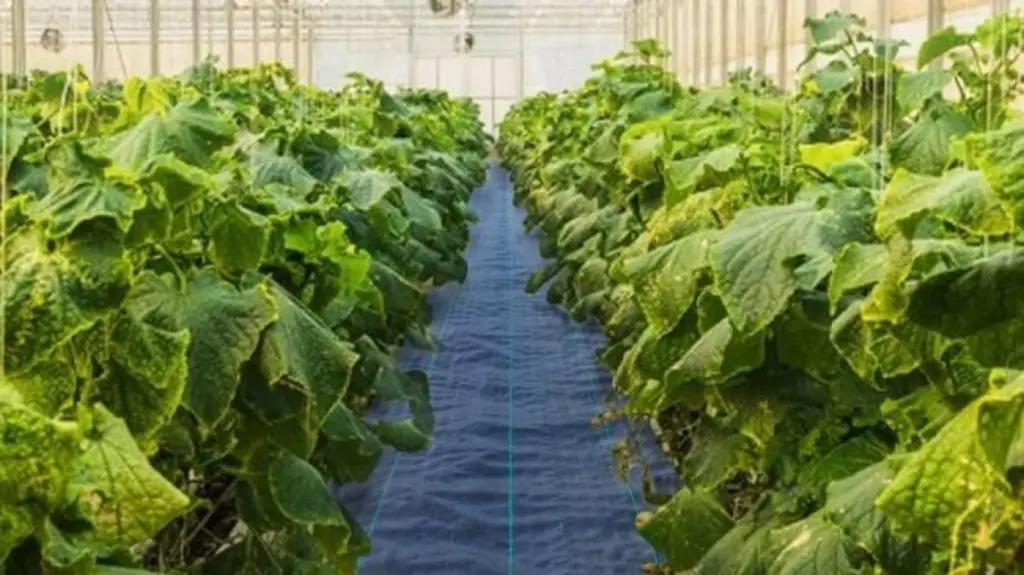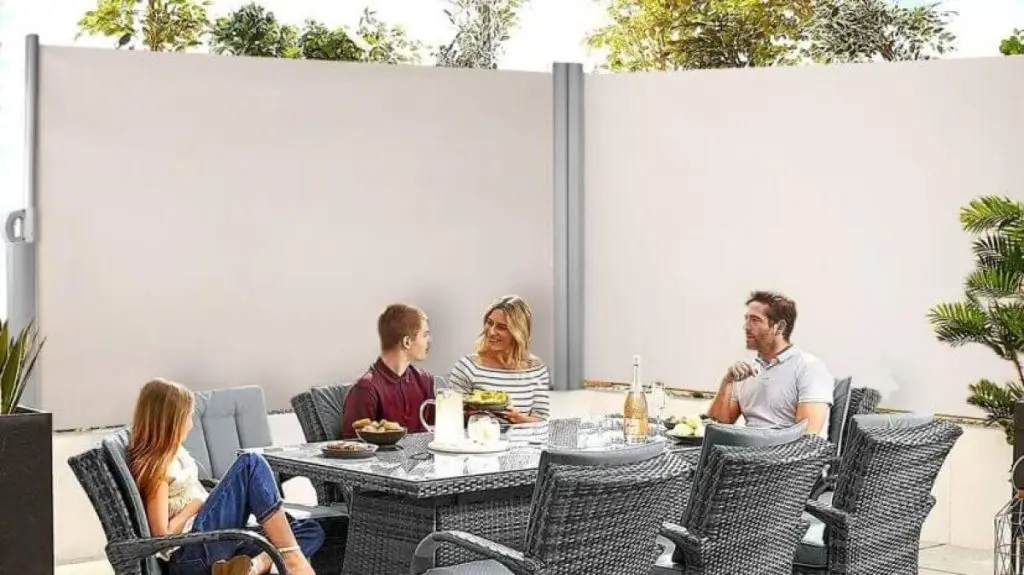Do you remember the times you played with mud in the gardens with raised garden beds? Each garden was a unique experience. This is because of the different factors that affect it. And one of the most important factors is soil. You need to know how much soil for a raised garden bed is required.
This implies really understanding the proportional soil volume is one of the main factors to flourish plants. Now, you must be wondering how much soil do I need for a raised bed. Well, this manual will explore what soil depth means, and tell you how to choose the best soil depth condition for your VEVOR bed. VEVOR’s new improved raised garden beds can help take your gardening to another level. Brace yourself to discover the deepest darkest aspects of raising highly fruitful crops and lush greenery!
Table of contents
Understanding Soil Needs in Raised Beds
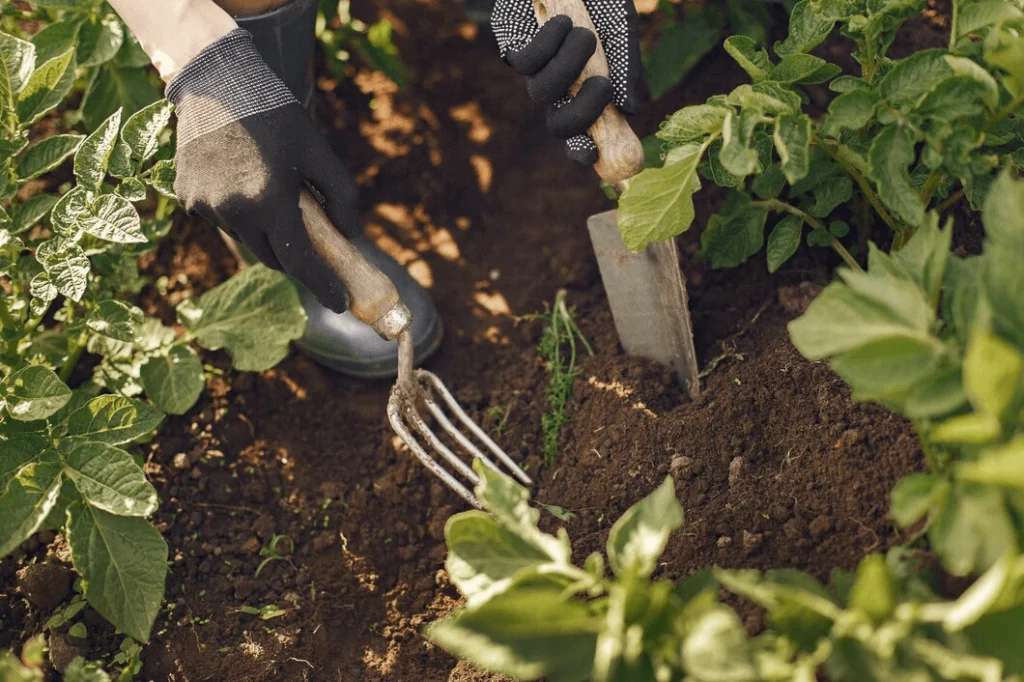
How much potting soil do I need to calculate? This is one of the most important questions of this guide. You do not have to keep wondering, “How much dirt do I need for my raised bed?” We will explore exactly this in the following.
Why Knowing the Right Amount of Soil Matters
How much soil do you need for a raised bed? Knowing the preferred soil depth of your raised garden bed is the key ingredient for the soil fertility and the growth rate of your plants. With sufficient soil depth, the roots are fully developed for proper development and establishment. It also determines the augmentation of the ability to store moisture, because the deeper soil keeps more amount of water.
As a result, the necessity of watering plenitude of time decreases. In the meantime, shallow soil depth can restrict the roots of plants from growing upwards. So the plants might be smothered by water or dried up, which impedes the crops’ growth and yield. Seeking the optimal depth in the soil is a strategy for the production of a productive garden in your plan boxes.
Factors Affecting Soil Volume in Raised Beds
There are a few factors you need to consider to understand the importance of soil volume to be used. Soil for raised bed calculator is very easy after knowing these factors. This will explain exactly what you need to do.
Dimensions (Length, Width, and Depth) of the raised bed
The capacity of a raised bed garden will be proportionate with the volume of soil it takes in. You need to not only evaluate the soil volume on the basis of the length, width, and depth of the bed but also on the basis of height.
When planting larger beds, one must automatically consider the volume of the dirt they will need to place in the beds, while filling smaller beds takes less volume of soil. This will help you determine how much soil to fill in raised beds.
Type of plants you plan to grow
The depth and spacing range is variable from one plant to another. The shallow-rooted vegetables like lettuce or herbs may not require a profound depth of soil while providing ample of it for deep-rooted vegetables like tomato and carrots proves enough for it.
Adjust the soil volume as per the kinds of plants you plan to grow. Do so by considering the kind of plant.
Desired soil quality and amendments
The type of soil you will use in your raised bed could have a huge impact on the health of the plant and its productivity. Try good old compost, organic fertilizer, or soil amendments like sandy gravel to ensure good soil structure, rich nutrients, and soil drainage.
The factor may come into play the volume of soil required as such you consider them when you calculate.
Calculating the Soil Volume for Your Raised Bed
You will need to know how many bags for raised beds are required. This is the most basic step and we will explore just that here. Keep reading for an easy tell of this step.
The Simple Formula for Calculating Soil Volume
The formula you need to have to find out how much soil you will require for your raised garden bed is quite simple. Just take the length, width, and depth of the bed and convert them into feet to find the cubic feet of soil. This is the soil calculator for raised beds:
Volume (cubic feet) = Length (ft) x Width (ft) x Depth (ft).
For example, VEVOR’s raised garden bed is a 7.875 x 3.933 feet raised bed with a depth of 1.967 feet would require 60.92 cubic feet of soil. Knowing the measuring bed dimensions is important to determine the soil volume that is needed for your raised garden bed. By this, you will know how much soil to fill a raised bed.
Considering Additional Factors in Your Calculation
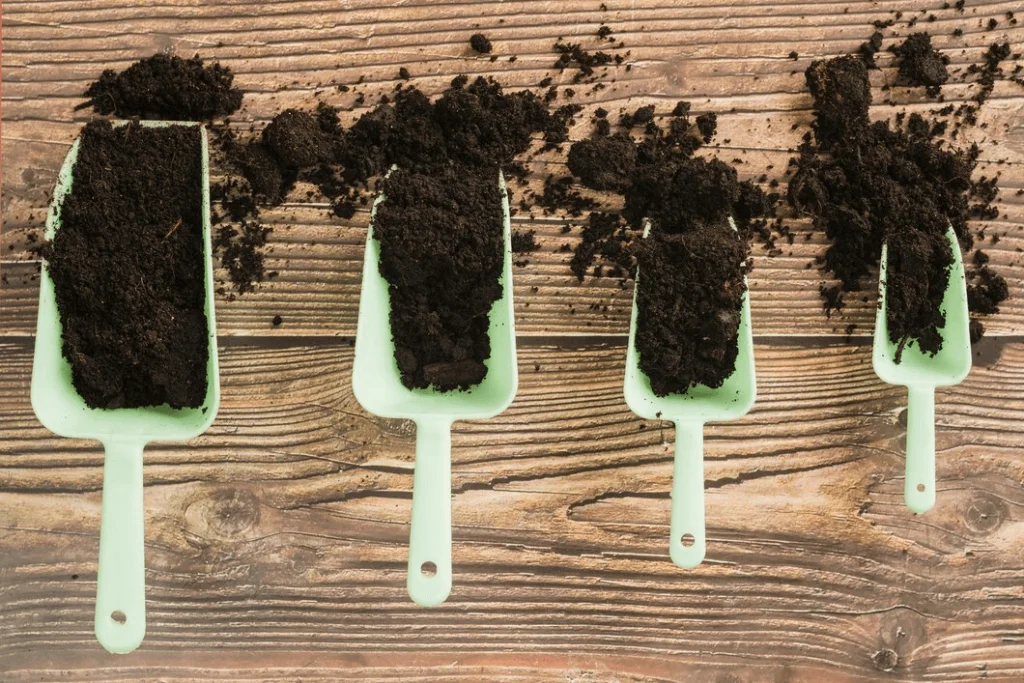
Account for potential settling of soil over time
It is necessary to keep the soil settling in your view after filling the raised bed. One way to prevent soil volume from being underestimated is to build a buffer when performing the soil volume calculation.
This means that even though the soil will soon start to compact with use, your plants will still have enough depth in the pot. You need to pay attention to how much dirt you use for your raised garden bed.
Adjust for raised beds with sloped sides
The raised beds with inclined sides might have unequal heights at the top and bottom. In order to be exact for how much dirt to fill raised bed, multiply the average depth of the soil by the square footage of the surface.
Factor in the addition of amendments like compost or mulch
However, if you intend to improve your soil by adding compost, fertilizer, or other organic material, increase your soil volume accordingly. See how many amendments have been subtracted or added. Then, add or subtract the volume of these amendments to the total soil volume.
Now you do not need to keep wondering, “How much raised bed soil do I need?” for much longer. Continue to understand important factors that affect your precious plants.
Choosing the Right Soil for Your Raised Garden Bed

Importance of High-Quality Soil for Plant Success
The soil quality in the raised space for gardening is instrumental in the health of plants, promotion of growth, and increase in production. It furnishes all the needed minerals, enables the roots to permeate downwards, and causes the overall air & water drainage to be done well so that the root system can breathe well too.
To boost the chances of a raised bed being a success, pore over the label of the product and settle for either a highly-rated potting mix or topsoil that is specifically formulated for use in raised beds. Most of these blends are well-draining, lightweight, and can contain lots of organic nutrients that enhance plant growth.
Amending Your Soil for Optimal Results
Along with choosing the proper soil mix, think about enriching it by adding compost, aged manure, or some other organic material to enhance soil fertility and structure. These amendments bring new minerals and vegetation density into the soil, which enable water penetration, an essential key factor for the survival of your plants.
Adhere to recommended mixing ratios and ground the amendments within the soil properly to avoid uneven formation and ensure maximum potency.
Additional Tips for Filling Your VEVOR Raised Garden Bed

Layering the Soil for Efficient Filling
When filling your VEVOR raised garden bed with soil, it is important to layer different materials in order to have the right balance of the drainage of the water and the creation of the proper soil structure. Begin the bed lining with some medium material be it gravel or broken pots to enhance the drainage and prevent waterlogging.
Next, put your desired soil mix onto the rest of the bed until there is some space left at the top for the soil to compact. This layered system allows for the draining of water from the soil, preventing waterlogged fields and stimulating healthy root development.
Preventing Soil Erosion and Maintaining Moisture
One of the measures that can be taken to prevent soil erosion and maintain moisture in the bed is adding mulch or edging material around the borders. In addition to wilting, mulching will also keep the soil moist, lowering the need for your water bill and reducing erosion through wind or heavy rain.
Edging material functions as a boundary to prohibit soil from being thrown over the sides of the bed and thanks to it the bed can be well-kept. Use organic materials like straw or wood chips for example, and reinforce with it through the growing season as required.
Conclusion
Finally, the right amount of soil is of utmost importance for the success of your raised garden bed. Following our in-depth guide will help you achieve maximum outcomes in your garden by knowing how much soil is needed for a raised bed.
Don’t forget that VEVOR’s raised garden beds come in different varieties and sizes to cater to every gardening purpose. Now that you know how to calculate soil needed for raised beds you don’t have to wait any longer. Head to our collection and begin a new journey towards a brilliant and flourishing garden.

